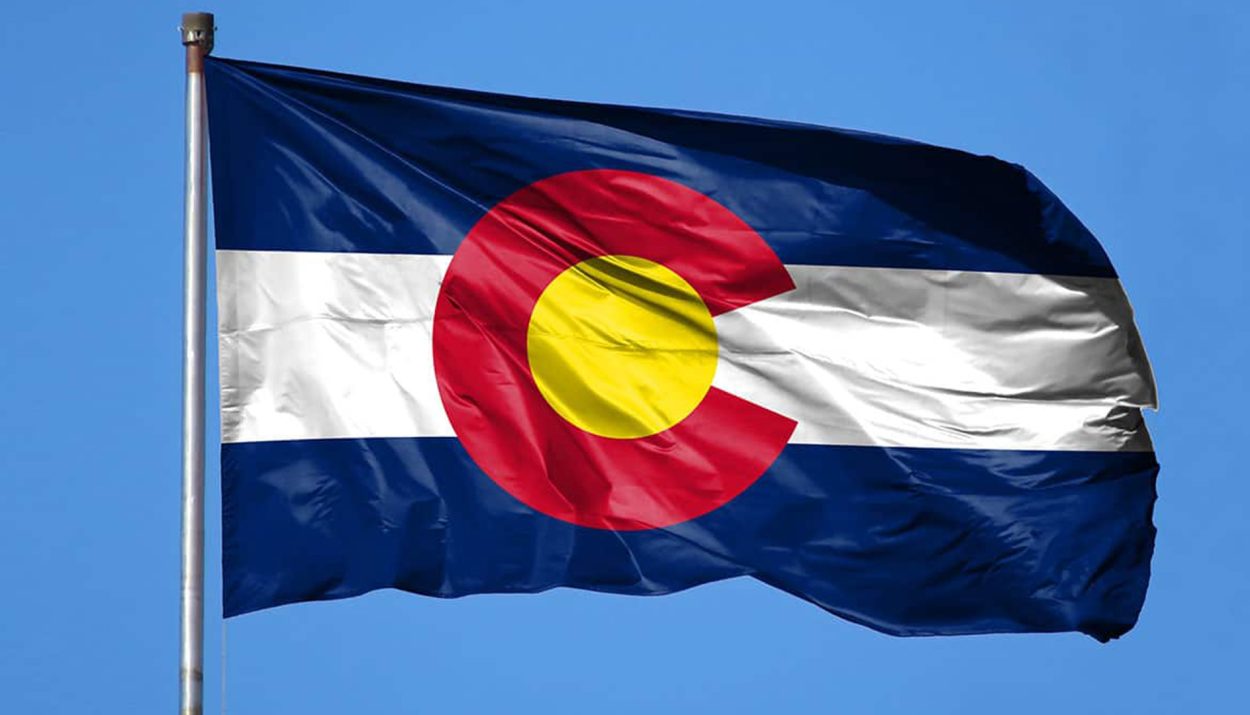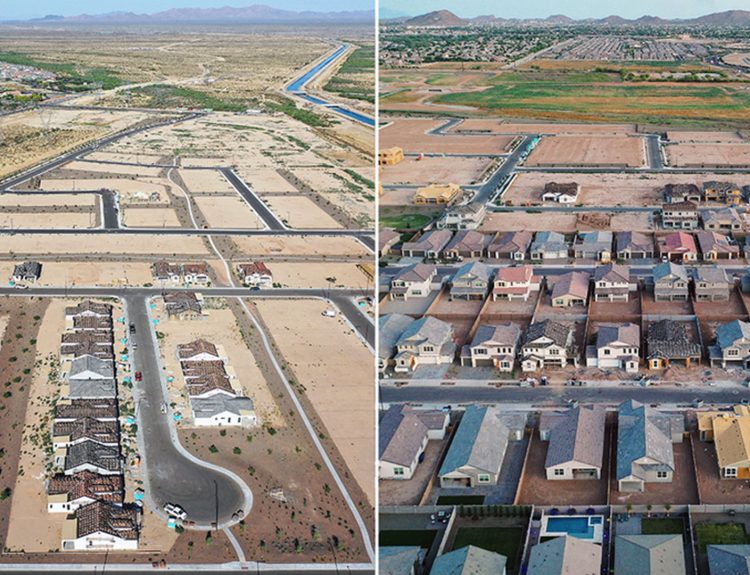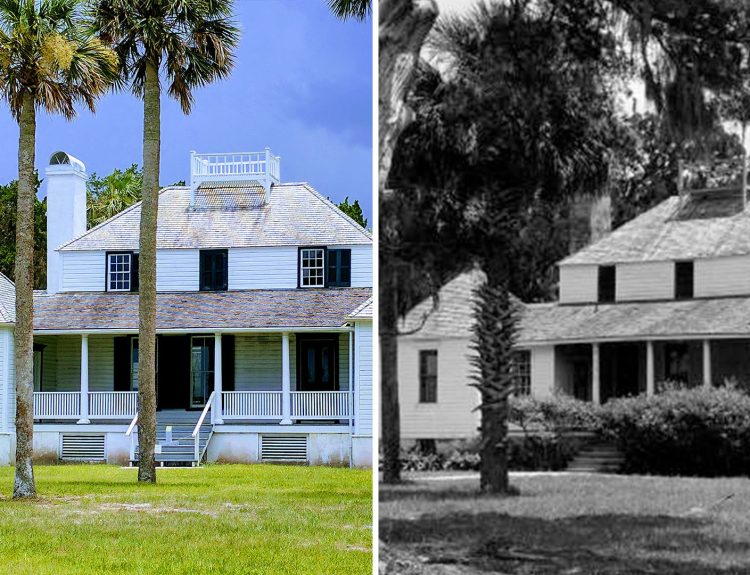Longtime Colorado residents are being compelled to put their homes up for sale and deplete their savings due to a significant increase in property taxes spurred by a massive influx of people during the Covid-19 pandemic.
Compelled To Sell Almost Everything
During a New York Times investigation, Marleen Gamble, an 84-year-old retired X-ray technician, revealed that she has become compelled to sell nearly all of her possessions, including cherished jewelry pieces, to cope with a whopping 20% spike in property taxes.

Gamble said, “Every knickknack I have, everything I don’t use, I’m selling. I owe now is $962.62. I think I need to use two credit cards to do it. And I’m going to have to pay interest on those.”
Some Have It Even Worse
While Gamble’s case is quite tragic, technically she isn’t even among those who have been hit the worst by surge in property taxes.

For some residents, property taxes have gone up by almost 40%, thereby, completely destabilizing their family budget.
Cause of The Surge
This surge in property taxes has been driven by pandemic-era homebuyers who came to Colorado seeking refuge in the Rocky Mountains to endure lockdowns and embrace outdoor living while working remotely.

The state’s lawmakers are actively seeking solutions to address the crisis, but the underlying causes of the surge make the challenge even more difficult to tackle.
Influx Of Affluent Individuals
The surge in Colorado’s population involved affluent individuals moving to the state. These individuals were able to move relatively easily during the Covid-19 pandemic.

The influx of strained local and state governments that have been struggling to meet the expanding demand for services, especially considering the fact that property taxes serve as a prime tool for funding. As a result, providing relief to struggling homeowners has become a significant challenge.
Other States Are Also Facing Similar Challenges
During an interview with The New York Times, Colorado Governor Jared Polis stated that Colorado wasn’t the only state dealing with this issue.

Polis said, “This has been a phenomenon in Colorado, Montana, Utah, Arizona, the Western states.”
Home Value Went Up But So Did The Taxes
Polis told The New York Times, “If your home value went up 40 percent, that might be a wonderful thing on the equity front, but it doesn’t mean you have 40 percent more cash to pay taxes.”
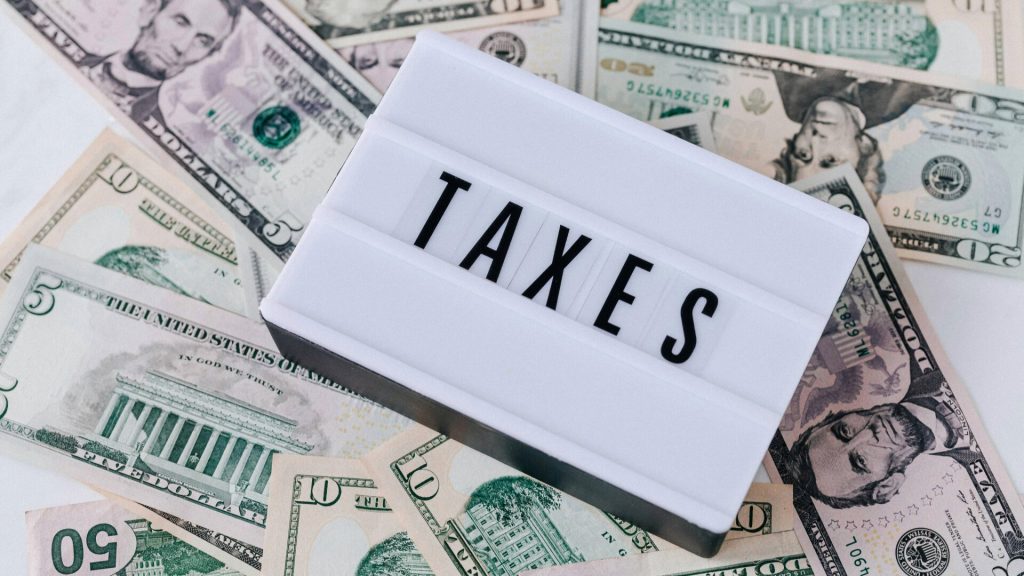
Polis added, “Your salary might have only gone up over two years 10 percent or 12 percent. That’s the challenge we face.”
How Property Taxes Are Calculated
The New York Times explained how property taxes are calculated, “Property taxes in Colorado are calculated by multiplying a home’s value (set by the elected county assessor) by a statewide assessment rate (set by the state).”

The New York Times explained further, “That figure is then multiplied by each town’s mill levy rate, which combines specific taxes set by local government entities in charge of schools, fire, sewer, recreation and more.”
Timing Is One of The Factors
According to Adam H. Langley, associate director of tax policy at the Lincoln Institute of Land Policy, multiple factors can be linked to the surges. One of the factors is timing.

Since the values of properties are assessed every two years, this implies that tax calculations are based on property values from mid-2022. It was in that time period that home prices peaked and interest rates were relatively low.
Other Factors
There is another important factor that is likely contributing to the surges.

Many of Colorado State’s local governments have not reduced their mill levy rates unlike the local governments of some other states. This has contributed to the surges.
The Repeal of The Gallagher Amendment
In 2020, the repeal of the Gallagher Amendment removed limitations on the portion of the state’s property taxes that are to be paid by homeowners.

Previously, as home values increased, this amendment had mandated reductions in residential assessment rates, thereby redirecting billions of dollars from schools and services back to homeowners. This shift reduced the tax base in those areas that were not experiencing growth, such as the rural Eastern Plains.
Colorado’s Tricky Situation
Billy Hamilton, Deputy Chancellor and Chief Financial Officer, of the Texas A & M University System stated his thoughts on Colorado’s property tax situation.
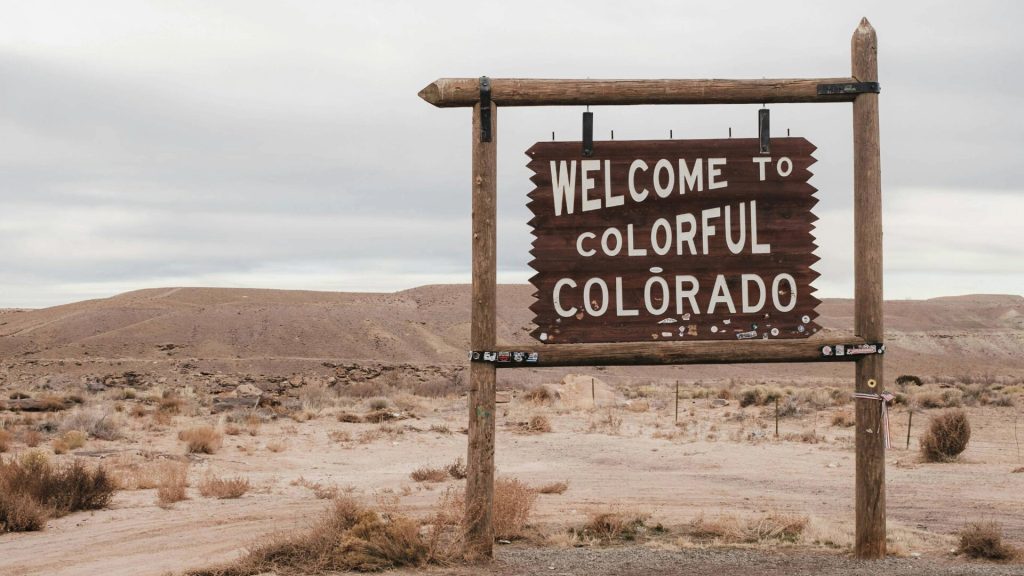
Hamilton wrote in a non-profit trade publication, Tax Notes, “Colorado is mired in a property tax mess with no easy way out.”
Colorado’s Historically Lower Median Tax Rates
Colorado homeowners have historically paid less than property owners living in other states.
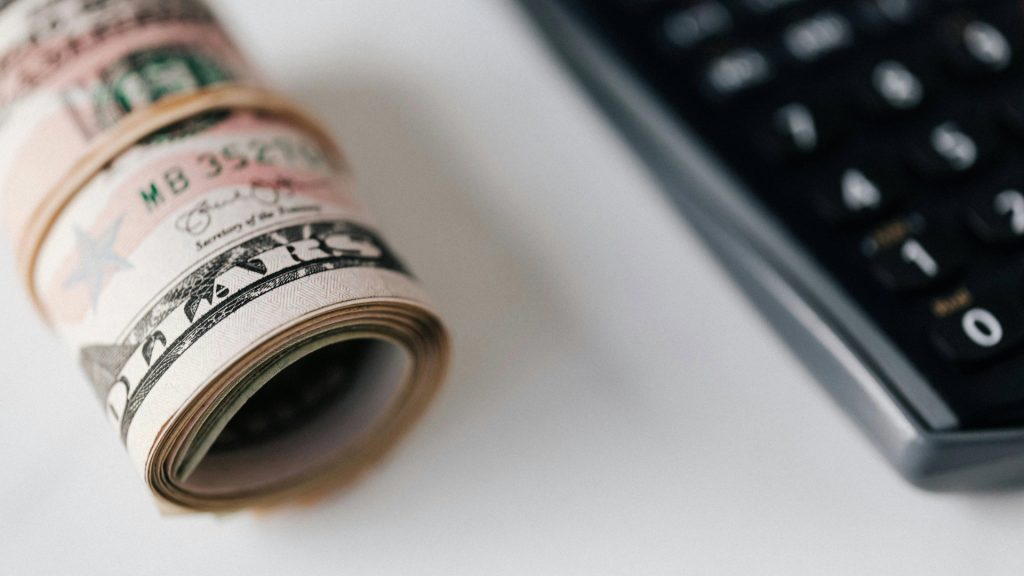
According to the U.S. Census Bureau, Before the recent increases came into effect, the median annual property tax bill applicable to primary residences in Colorado in 2021 was $2,259. This number is 19% below the national median of $2,795.
Areas With The Highest Surges
The Western Slope mountain towns falls in the list of areas that are experiencing the highest increases in property tax.

These mountain towns experienced job growth and higher taxable incomes due to the influx of real estate investors and white-collar workers.
Affordable Housing Is Declining Further
The current situation has further exacerbated the availability of affordable housing that were already in short supply. Hence, the situation has become even more challenging for public and service employees who rely on such housing.
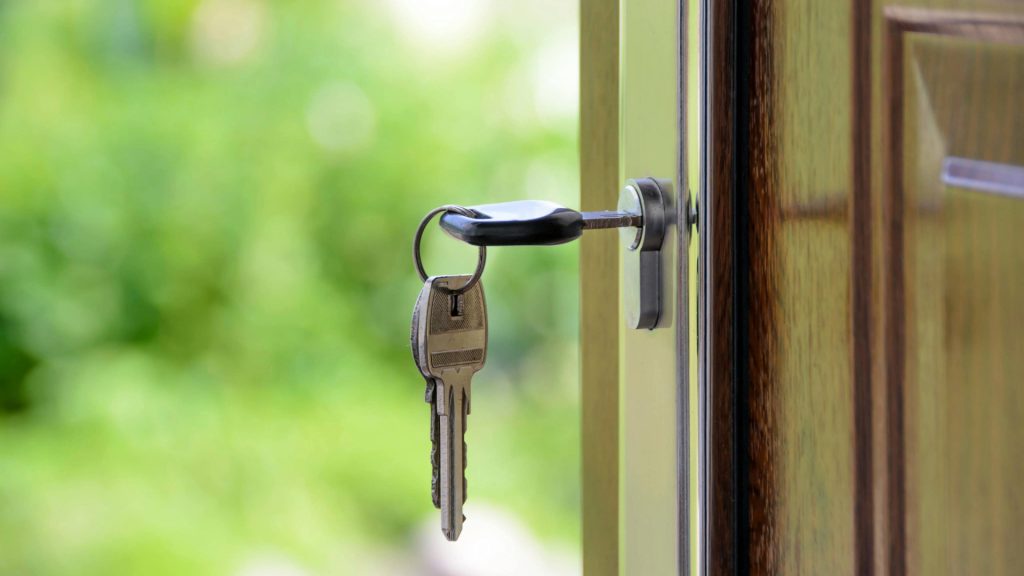
In Pitkin County, where the famous municipality of Aspen is located, property prices have gone up by almost 27% this year. Pitkin County Manager, Jon Peacock, remarked, “That could put some folks at risk of not being able to stay in the community.”

